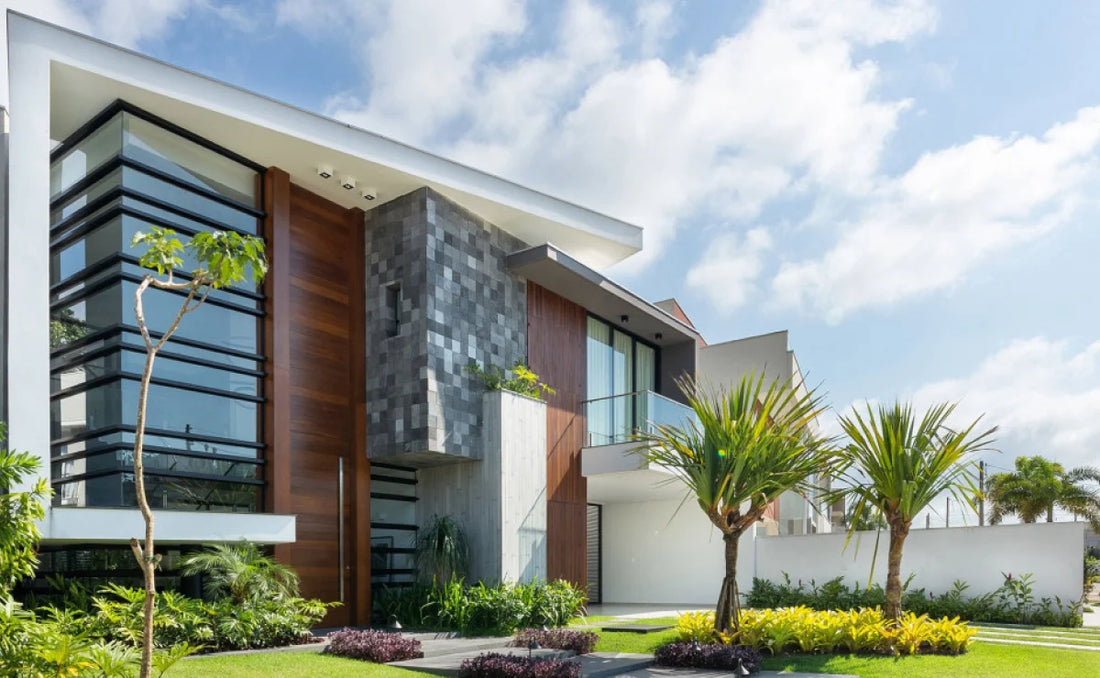
The Role of Technology in Home Design
Share
Technology is playing an increasingly important role in home design, providing innovative solutions and enhancing the functionality, comfort and energy efficiency of spaces. Here are some ways technology is influencing home design:
1. Home automation:
Home automation allows you to control and integrate various electronic systems and devices in your home. This includes smart lighting, programmable thermostats, security systems, audio and video control, and more. Home automation makes it easy to personalize, control, and make your home more convenient.
2. Energy efficiency:
Technology plays a crucial role in improving energy efficiency in homes. Devices such as solar panels, energy storage systems, light sensors and smart heating enable more efficient management of energy resources, reducing consumption and environmental impact.
3. Virtual and augmented reality:
Virtual reality (VR) and augmented reality (AR) are increasingly being used in home design. They allow clients to visualize designs in 3D, make adjustments in real time, and experiment with different design options before construction. This saves time, resources, and improves decision-making.
4. Smart Device Integration:
With the advancement of the Internet of Things (IoT), smart devices are becoming an integral part of home design. Home appliances, security systems, irrigation systems, smart locks and virtual assistants can all be connected to a home network, offering remote control, monitoring and increased operational efficiency.
5. Entertainment and audio systems:
Technology has transformed the way we entertain ourselves at home. Home theater systems, smart speakers, and multiroom audio solutions provide immersive, personalized experiences that seamlessly integrate into the design of your home.
6. Energy management systems:
With the increasing use of renewable energy, energy management systems are becoming more sophisticated. They allow real-time monitoring of energy consumption, management of energy storage and optimization of the use of renewable resources, contributing to the sustainability of homes.
7. Innovative construction technologies and materials:
Technology is also influencing the construction process and material selection. 3D printing, robotics, advanced sustainable materials and modular construction techniques are being used to speed up construction, reduce costs and improve construction efficiency.
8. Monitoring and security:
Technological advances in home security systems allow for remote monitoring, intrusion detection, high-definition security cameras, smart locks, and integrated alarm systems. This provides greater peace of mind for residents and protection for the home.
Technology is transforming home design, offering a range of features and possibilities that were previously unimaginable. With continued technological innovation, we can expect a future where homes will be increasingly smart, sustainable and adaptable to the needs of their residents.
